Lac Tanma, Lac Mbaouane and Kayar
Sunday 30.10.2011 a group of us embarked on a day’s excursion to wetlands north of Dakar. Lac Tanma is one of the best sites for waterbirds near Dakar and, after Lac Retba (or Rose), it is the largest of the lakes of the Niayes Important Bird Area, comprising a number of lakes between Dakar and Fas Boye, along 80km of coast. It is a 1.5 to 2 hour drive from Dakar. One takes the N1 out of Dakar. At the N1/N2 junction take the N2 towards Thies. 10Km after the junction is a turning to the left, onto a laterite road, sign-posted to Bayakh and Kayar. At Bayakh (c8km), take a right turn at the main bus/taxi parking. If you want to check, ask for the road to Mboro. A further c12km reaches the lake, though it will only be visible most of the year from the road as dry mud. You can now walk on foot along the southern edge to the right of the road for 2-3km to the water or, turning right off the road just before the lake onto one of several pistes, follow the dry lake edge. Vehicle or cart tracks guide you. How far you can drive depends on the time of year and amount of rains. You should be able to drive to the open water, but some care is needed!
The direction of light can make birding difficult, with the sun in front of you. It is best to arrive as early (or late?) as possible and wander east along the lake edge, looking back at the birds. I cannot find much published data for the lake. It is included in the annual January waterbird counts and the Important Bird Area citation mentions its use by a few thousand greater flamingo.
Regular observations would no doubt be interesting and produce rarities. Compared to Lac Retba, with its tourists and salt industry, this is a quiet lake with a few cattle herders and a beautiful setting in a basin surrounded by large, old baobabs.
We made no attempt to count birds or check everything, so numbers are very approximate. The first identifiable waterbirds were greater flamingos, with a few hundred, mostly grey juveniles. A few hundred ducks were mainly garganey, with some shoveler. Probably a few thousand waders provided a pleasant mix of species; mainly ringed plover, kentish plover, kittlitz plover, ruff, black-winged stilt, curlew sandpiper, wood sandpiper, avocet, dunlin and little stint. A couple of hundred terns and gulls were mostly gull-billed tern and slender-billed gull, with a few foraging black and white-winged black terns together. A single black stork was the most interesting of the larger waterbirds. A few marsh and montagu’s harriers hunted the lake edges and ospreys were overhead.
We next turned round and drove, via Barakh, to the busy fishing town of Kayar for lunch. On entering the town, if you keep driving along the main road parallel to the beach, just north of the town is a small campement with some shade. From here you see the start of the Côte Sauvage; some 120km of uniform habitat with narrow, wind-swept sandy beaches, backed by dunes planted with the introduced Asian/Australian tree Casuarina equisetifolia. It is possible to drive along the beach with a 4×4. If the small section at Kayar is typical, the whole length is likely important for its numbers of sanderling and Sandwich tern, whilst other typical species of sandy beaches along the sea’s edge were ruddy turnstone, whimbrel, grey plover and oystercatcher. Two Audouin’s gulls, both birds in their second year, were early returning birds. At Tanji Bird Reserve in the Gambia Clive Barlow reported his first returning birds today also.
The road from Kayar back ot Bayakh passes through the village of Mbaouane after 5km and there is a large lake here, visible from the road, on the left -hand (eastern) side. You can access it by walking down through cultivated fields. There were many more waders here and a few ospreys, but we took only a brief look in the increasing heat and saw no new species before the return drive to Dakar.
Text; Paul & photos; Flemming.















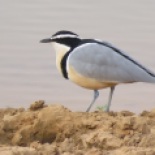

















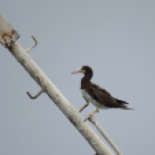












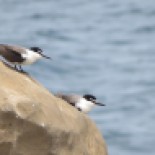












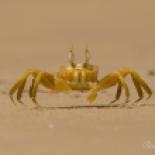









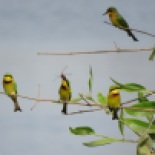


















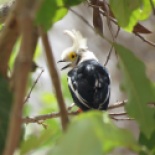




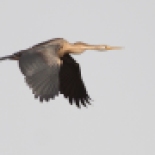
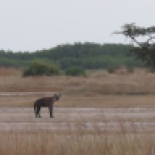










































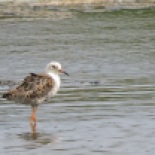


















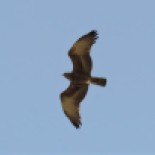








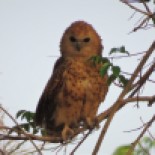
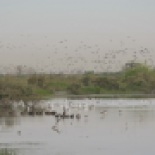












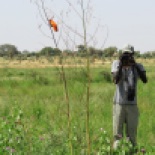










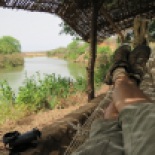










Trackbacks / Pingbacks